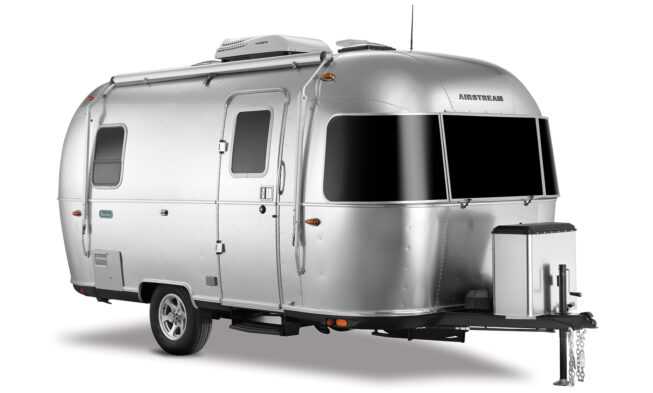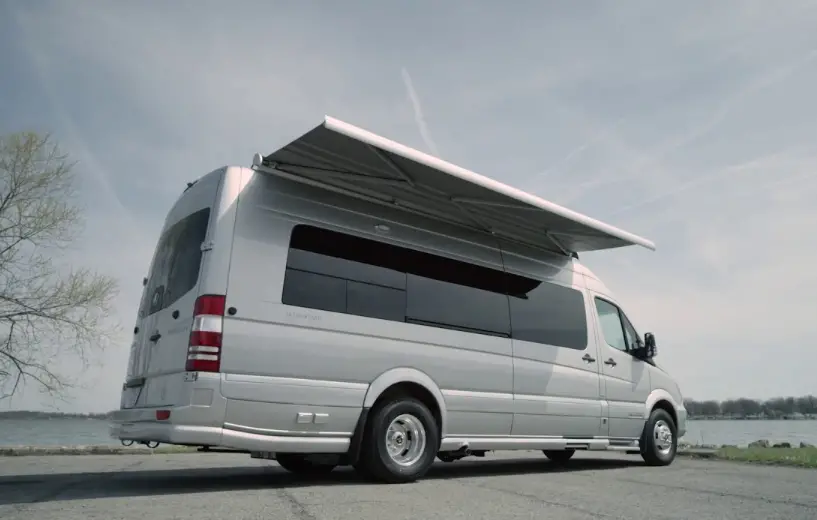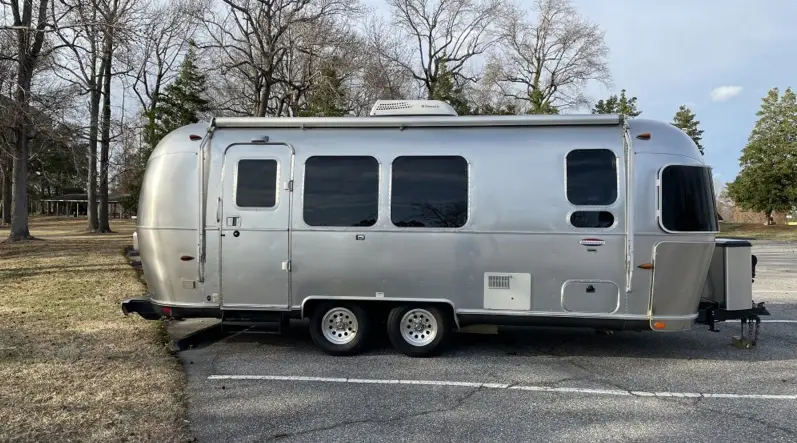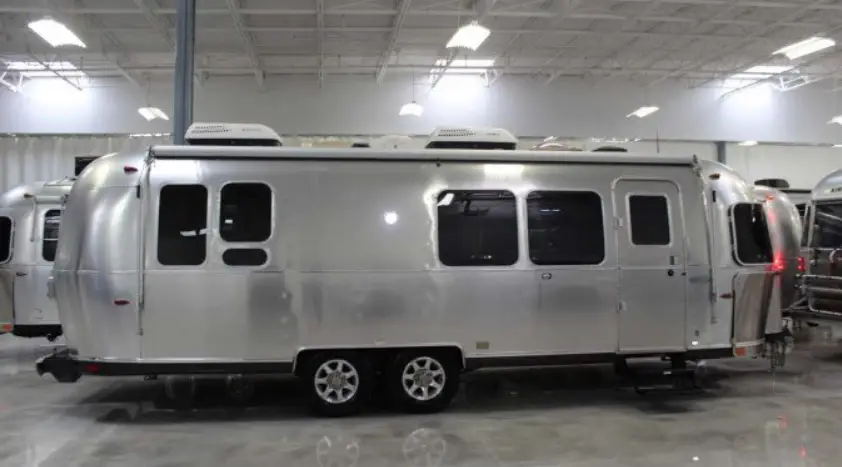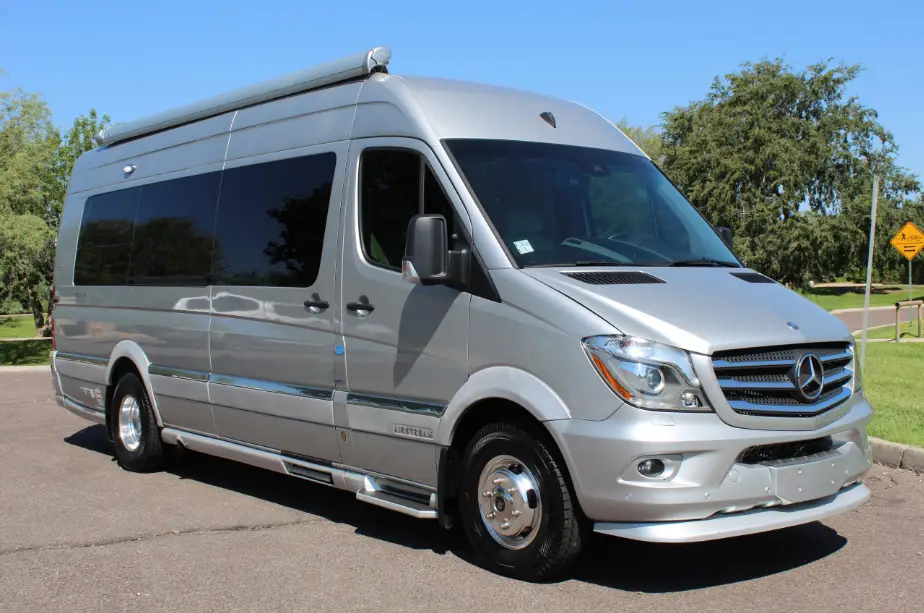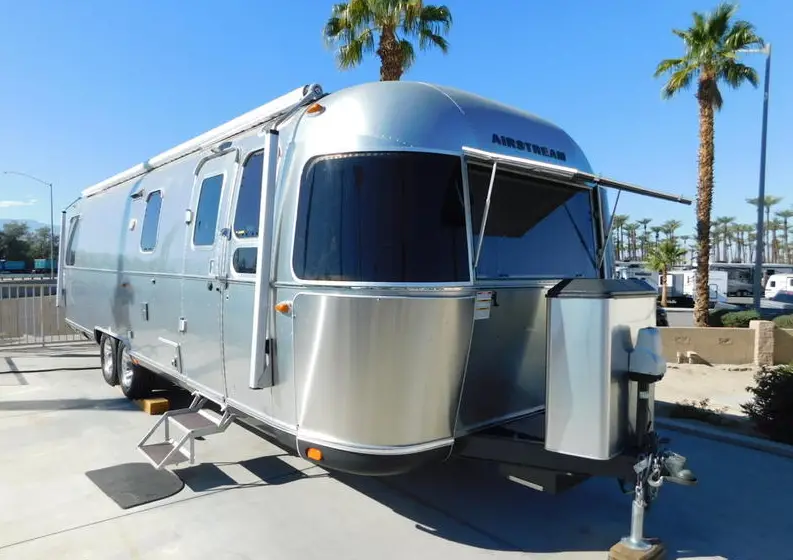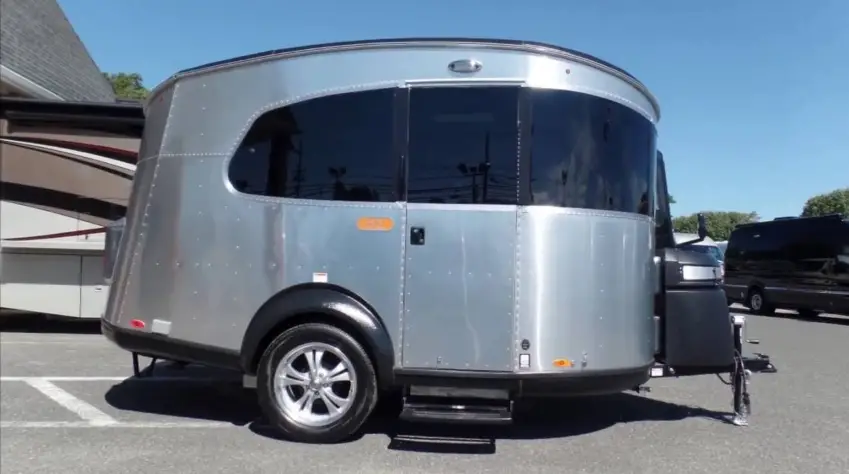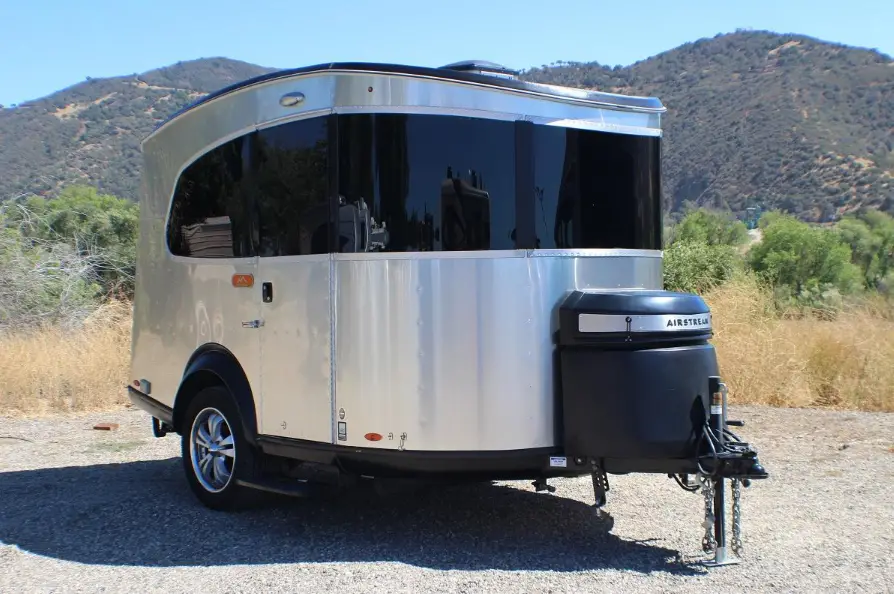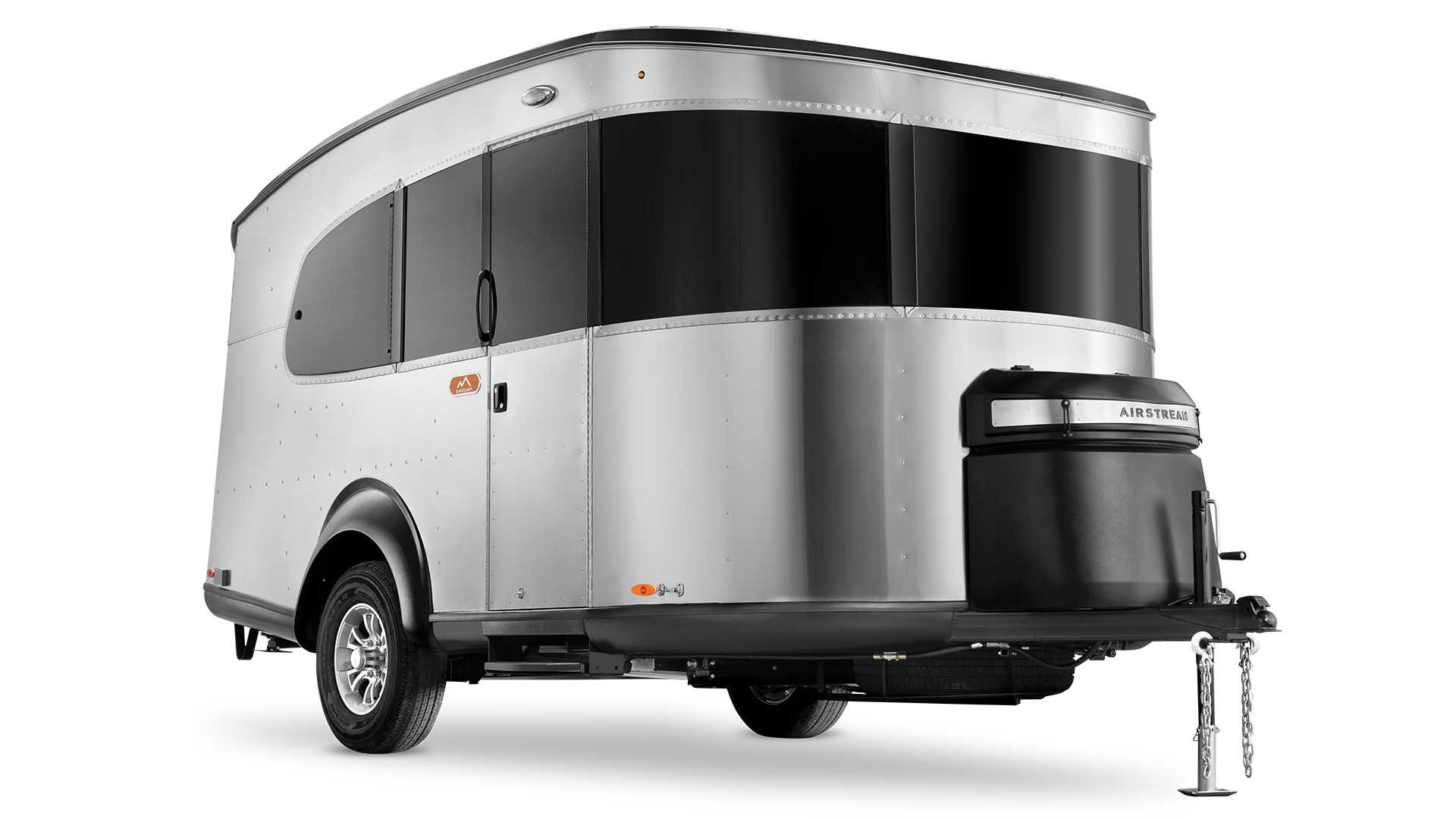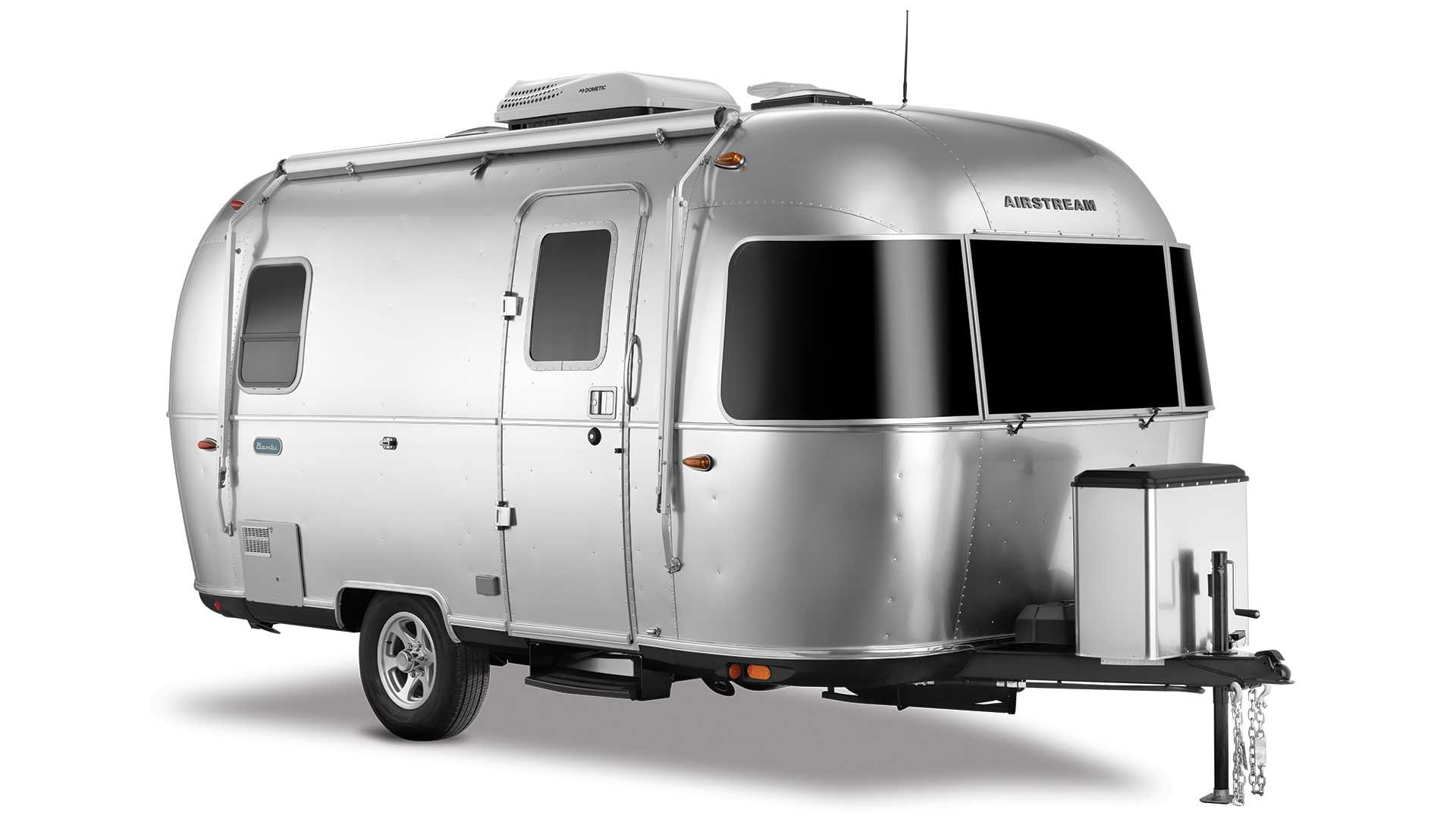Airstream Travel Trailer Bambi 2021 User Manual INTRODUCTION The Owner’s Manual for your new Airstream trailer is designed to respond to the most frequent inquiries regarding the operation, function, and care of the many systems that make modern trailering a joy. Airstream realizes our customers possess varying degrees of expertise in the area of maintaining […]
